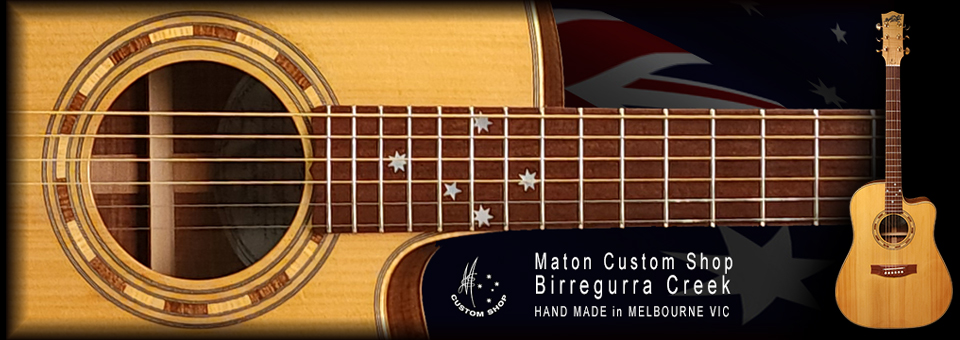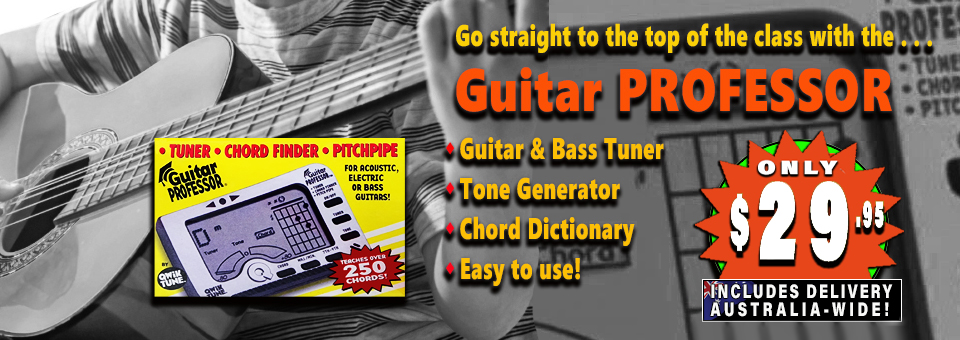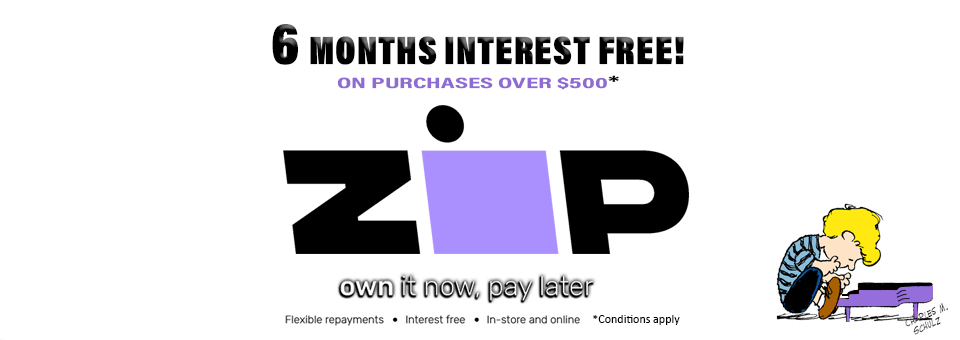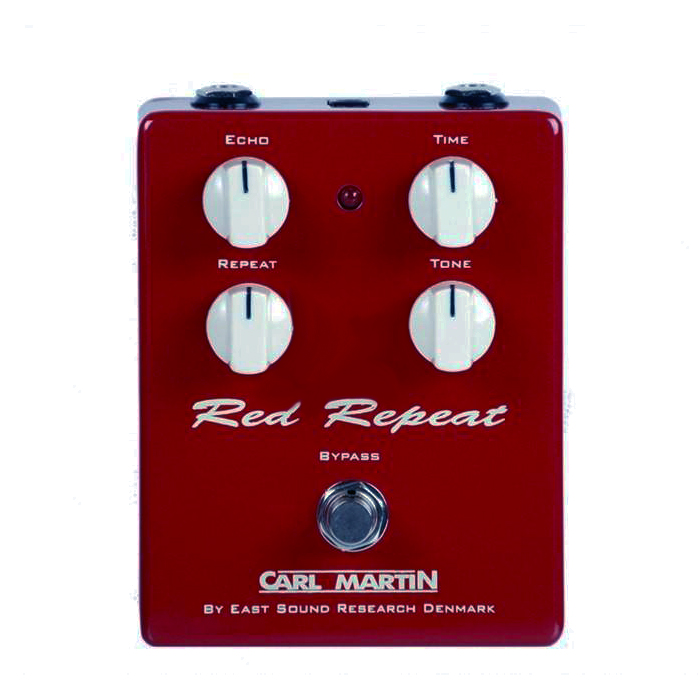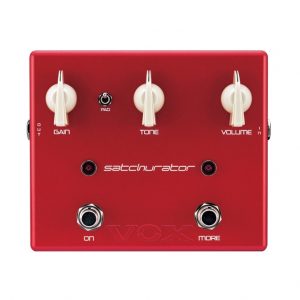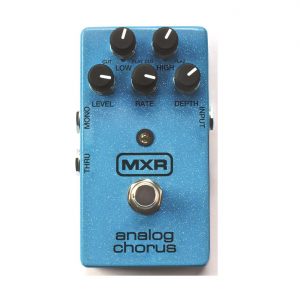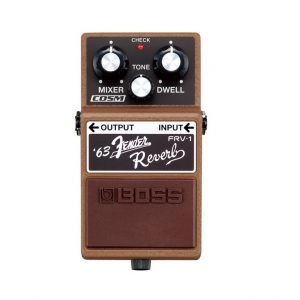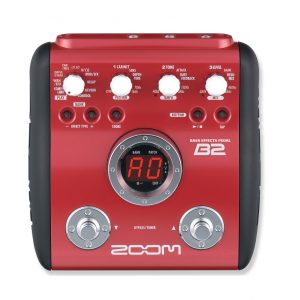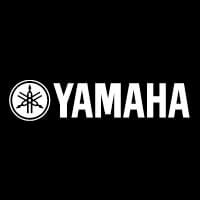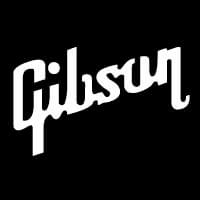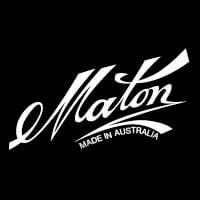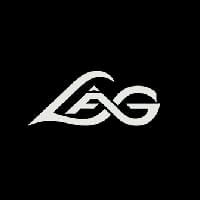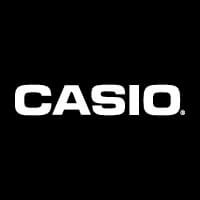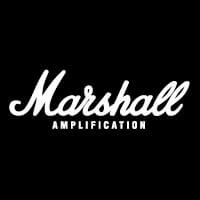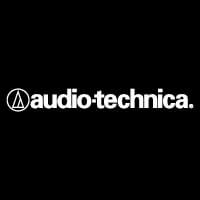Based on the infamous Carl Martin Delayla, the ‘Red Repeat’ provides an affordable 600 milliseconds of delay as well as a simply controlled echo.
Add just a touch of delay to thicken your sound, or push the repeat circuit past 12o’clock where the unit begins to self-oscillate, just like an old analog delay.
Great vintage style and colour in a heavy diecast, 9 volt pedal with heavy duty bypass switching.
GUITAR & BASS (UK) OCT.
The Carl Martin Red Repeat (£69) is red, and hurrah, it repeats. This Danish-made pedal really nails it with a diecast housing straight out of the 1950s and creamy chickenhead knobs. It’s a straight-in and straight-out pedal with a regular 9V supply slot and a metal footswitch. Switching on is silent and the pedal it self produces little or no noise – but, boy what a sound. The straight guitar sound remains completely intact and there’s no diminution of transients or dynamics. Plenty of the delays in this group have a lo-fi or low-pass filter setting but the amount is preset: the Tone control (LPF) on the Red Repeat allows you to set it anywhere you like. What’s more, the decay is spookily tape-like, and even with full treble you will hear echoes becoming grainier and more overdriven as they tail away. With delays ranging from short slapback to about 600mS you can get everything from retro to Edge territory – but the thing that really sets this one apart is that it never seems to interfere with what you’re playing.
VINTAGE GUITAR (USA) MAY
Next up was the Red Repeater analog delay, which also proved to offer a quality effect without any noticeable added noise or coloration of the natural tone, just that classic analog delay/echo sound with those slightly dirty “not so sterol” repeats. The time control offered anything from a super short slap back all the way up to a 600 milliseconds of long delay. The tone control (or high cut control in this case) rolled off high-end on the repeats, allowing us to soften the repeats so they did not get in the way of the dry signal, somewhat like the low fidelity repeats you would get from a tape echo
General Guidelines on the use of the Surf Trem:
Ah the misunderstood delay/echo…..rather than go into the technical description of this effect, let’s keep it simple. The Red Repeat is designed to take your guitar signal and repeat it after a given amount of time. The simplest description comes from the Echoplexes and Space Echoes of years ago. If you envision a tape recorder with the recording head and the playback head in line with each other, and the tape (usually a loop of some sort) running….you play a note on your guitar which is recorded onto the tape by the recording head and is then played back by the playback head immediately after. The delay time is determined by how far apart the recording and playback heads are, and by simply adding more playback heads, that original note is played back as often (or repeated) as you have playback heads. Ok, that is oversimplifying the whole thing, but you get the idea.
The Red Repeat takes this old technology and brings it up to modern standards. The Echo control basically determines the amount of this effect, from barely noticeable, to sounding like two guitars playing at once (slap-back). The Tone control changes the presence (EQ) of the echoed signal, leaving your original signal EQ the way you set it up. The Time control adjusts the space between your original signal and the echoed signal from 0 to 600 milliseconds, and finally, the Repeat control determines how many echoes there are from each signal. So again for guitar-players who need it super-simple….the Echo and Time controls tell you how much echo and how much space between echoes….and the Tone and Repeat controls determine the actual presence of the echo and how many echoes there are.
The Red Repeat can be used to fatten up your sound, as an alternative to reverb, to give a very percussive flavor to your playing, all the way to the longest delays which you can play over top of, like a short loop. This type of effect has been used since the 50’s, and has helped shape the signature sounds of Les Paul, Chet Atkins, Gene Vincent, Brian Setzer, David Gilmour and countless others, and once you understand the effect, is usually pretty easy to spot in recordings. Remember, Delays can come before or after your distortion pedals, but usually after amplitude (volume) effects
Sample Settings:
50’s SLAPBACK
To get that percussive 50’s slap-back sound, turn up the Echo to somewhere around 12 o’clock, brighten the presence to about the same and maybe add just a touch of Repeat. Great for 50’s rock&roll solos, rockabilly and snappy country licks.
50’s Slapback
WARM VINTAGE ECHO
Set your Echo around 12 o’clock, keep the Tone between 9-11 o’clock for warmth, set the Time about 11 o’clock (250 milliseconds) and the Repeat around 10 o’clock (keeping in mind the tempo of the song). Works well for arpeggiated back-ups and solo
WARM ECHO
DRAMATIC ECHO
Set your echo around 12-1 o’clock, brighten up the Tone somewhat, increase the Time to about 3 o’clock and increase the Repeat (again keeping in mind your tempo). Dark and dramatic…..very Pink Floyd
CARL MARTIN RED REPEAT SPECIFICATIONS
Power: 9V DC (negative tip)
Power consumption: 40 mA minimum 8.5 Volts – Please Note that it is advised to use a external regulated power supply.
DO NOT USE AN UNREGULATED POWER SUPPLY.
S/N ratio: 62dB
Input impedance: 1M Ohm
Output impedance: 100 Ohm
Tone Control: High Cut
Delay time: Aprox: 600 milliseconds
Dimensions: W170 x D115 x H70
Weight: 0.850Kg
